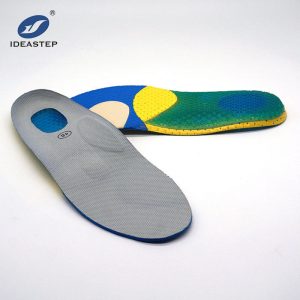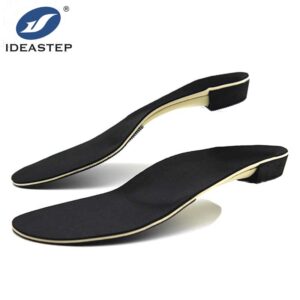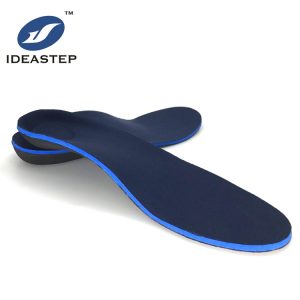To meet the needs of different feet for shoes, functional insoles made with material technology and biomechanical technology are developed accordingly. In addition to being used to overcome the problems of traditional insoles, they are further used to relieve foot pain and stabilize ankles. And the benefits of improving body balance; different functional insoles are like the dual-core of a computer, which can promote the ability to stand and walk on both feet.
The following explains the simplest and most effective principle for selecting functional insoles, that is: the feet will tell you the answer!
If it is a hard insole, it feels soft to wear, or if it is a soft insole, it feels hard to wear it will be effective. The reason is that if the hard insole does not fit the foot, it will be painful. If the soft insole feels soft when worn, it lacks good support and stability!

The principle of choosing functional insoles
Due to different foot problems and different shoes, there will be different combinations and effects. Therefore, the following factors need to be considered when selecting functional insoles:
①Consider the problem of the foot and the length of the insole:
Ⅰ, 3/4 length: suitable for those who have only midfoot and hind feet, or lack shoe space
Ⅱ. Full-foot pose: Suitable for those with problems in the forefoot area, such as plantar pain, hallux valgus, claw-shaped feet, long and short legs
②Assess the limitation of shoe space:
Each pair of shoes has a pair of insoles, and the thickness of the original old insoles has already determined the space available in the shoes; the thickness of the old insoles and whether they can be removed have a great impact on the selection of functional insoles, and this is also the biggest limits.
The improvement methods are as follows:
Ⅰ. Remove the old pad: Use full-foot insoles close to the thickness of the old pads or 3/4 long arch pads plus full-foot surface insoles for replacement.
Ⅱ. Place under the old pad: peel off the thin old pad from the heel to the sole, and then put the 3/4 long arch pad under the old pad for use.
Ⅲ. Put on the old cushion: directly put the 3/4 long arch cushion on the old cushion for use; pay attention to whether the shoes become too tight or the bottom is too soft.
![]()
![]()

③Considering the purpose of use and the softness and hardness of the material:
Ⅰ. Soft cushion: Temporary pain relief treatment for local pain or frictional parts, such as pain caused by the aging heel.
Ⅱ. Semi-soft and hard materials: use non-deformable semi-soft and hard materials to support key parts of the soles of the feet to improve sole pain caused by walking.
Ⅲ. Hard material: the purpose of correction; most of them are customized products to avoid foot pain.
④When do you need to order functional insoles:
Since each pair of functional insoles requires a pair of molds to form and process, most of the functional insoles on the market can only be supplied with a few standard foot shapes and sizes. If you encounter a discrepancy between your own feet and the standard module, or the difference between the left and right feet is too great, you can only proceed with a customized process. It is like presbyopic glasses with several standard degrees. If the parallax between the left and right eyes is large, or there are special needs, then you must go to a professional unit to match the glasses. To
To sum up, people with heavier weight can choose insoles with higher fiber density and harder touch to offset the reaction force generated by walking, but the insoles still need to be elastic, and non-fiber materials such as wood are less suitable. “Clinically, there are many patients with cervical spine and back pain. It was discovered when they went to the doctor that the shoes did not fit their feet. It is recommended to wear insoles that fit the arch of the foot.”

Suggestions for choosing suitable insoles
Do not overly soft or overly hard insoles, choose an insole that is as close as possible to the arch of the foot
For those with high arches, choose shoes with air cushions; for flat feet, you need to wear special shoes
Those with heavier weight are best to choose insoles with high fiber density and a harder touch
The insole should not be too high, and the toes should have room for stretching
